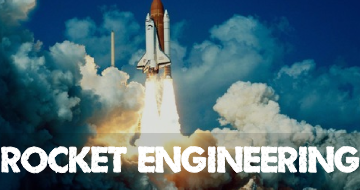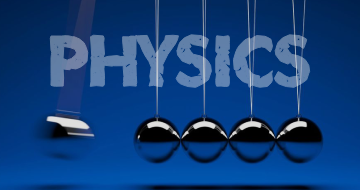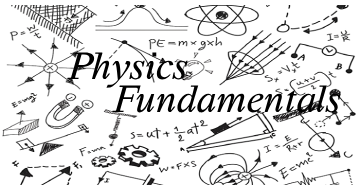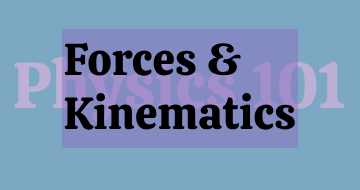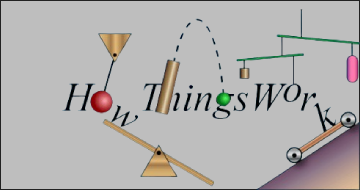IIRF Online > Teaching & Academics > Science > Physics > Physics, Astronomy, and Space: Teaching Secondary Science
Physics, Astronomy, and Space: Teaching Secondary Science by Futurelearn
Upgrade your secondary science lessons, boost your knowledge of space physics, and help students build key career skills.
Course Highlights
- Explain scientific phenomena that often come up when teaching secondary level space science and astronomy in an accurate and comprehensible way for your students, considering their prior knowledge and common misconceptions.
- Discuss student and teacher perceptions of science and use this to inform your teaching practise.
- Explore a range of resources that could be used when teaching physics and astronomy and how they could be used to cover multiple disciplines of science along with important skills through working scientifically.
- Reflect on how science is taught in classrooms and explore different ways of approaching it.
- Identify what science capital is, the dimensions used to measure it and why it is an important consideration when teaching science.
Skills you will learn!
Curriculum
6 Topics
Perceptions of science from both teachers and students.
Science capital: the factors that affect a student’s (any person’s) engagement/association with science.
Methods of teaching science using astronomy as a context.
Facts and explanations of astronomy concepts covered in the secondary science curriculum to help teachers build their knowledge.
Ways to extend and encourage further learning outside a class.
Tips and tricks of teaching space science and astronomy online / virtually.
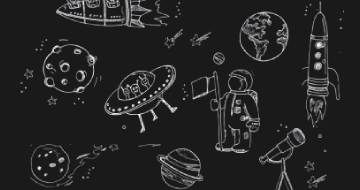
Physics, Astronomy, and Space: Teaching Secondary Science
